TerraCanada Mississauga: Accelerating Canadian innovation through scientific research and collaboration
What if the right environment could speed up decades of scientific discovery into just a few years?
Through the Laboratories Canada (LabsCanada) Strategy, Public Services and Procurement Canada (PSPC) is building a network of modern federal laboratories that allow scientists to move faster than ever before. At the TerraCanada Mississauga facility in Ontario, researchers are leveraging artificial intelligence, robotics and high-performance computing to make the process of discovering and developing materials faster and more efficient, accurate and precise. This means research that once took 20 years can now be completed in just 2, a pace that is 90% quicker. By creating the spaces that science needs to thrive, PSPC is helping Canada's researchers deliver the solutions of tomorrow, today.
Celebrating its 1-year anniversary in 2025, the TerraCanada Mississauga expansion to the National Research Council Canada's (NRC) Advanced Materials Research Facility stands as a leading example of what world-class infrastructure can achieve. Managed by the NRC, the facility brings together experts from the NRC and Natural Resources Canada (NRCan), where they collaborate with industrial and academic partners, as well as researchers from the TerraCanada labs at the CanmetMATERIALS facility in Hamilton, Ontario. It serves as a hub of collaboration, discovery and innovation.
The work happening here is critical to Canada's future. Researchers at the Advanced Materials Research Facility are advancing the development of critical minerals and advanced manufacturing, which are essential for green technologies like batteries, clean hydrogen production and carbon management. These innovations are key to driving Canada's clean energy transition and building a more sustainable economy.
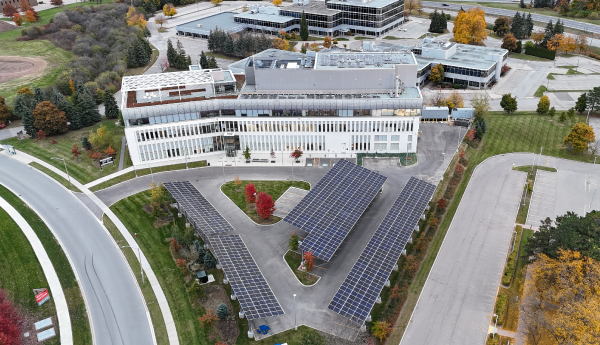
Building a sustainable future
"One of the key goals of the project was to support the government initiative of reaching net-zero emissions," says Lara Ferreira, a project manager in PSPC's Science and Parliamentary Infrastructure Branch, who oversaw the expansion project. "By incorporating a ground source heat pump as the primary heating and cooling system, we're reducing the building's energy consumption and carbon footprint, while ensuring long-term efficiency."
Additionally, integrating on-site power generation through solar energy allows the building to generate its own renewable energy and further reduce its environmental impact. In fact, the building is LEED (Leadership in Energy and Environmental Design) Gold certified, a big win for sustainable research.
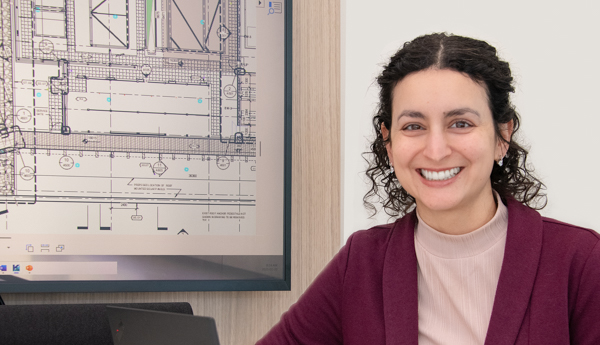
A modern facility designed for science
Thanks to the work of the LabsCanada team, scientists at the Advanced Materials Research Facility have access to modern facilities that include accessible, collaborative and moveable workspaces to accommodate approximately 100 scientists, research partners and administrative staff.
"The facility expansion was a complex project with many moving parts, tight timelines and high stakes. I found it crucial to translate engineering complexity into steps that could be executed with confidence," says Lara.
Lara's job included communicating effectively with technical teams and science stakeholders to ensure common understanding while maintaining the integrity of the project's goals and evolving science needs.
A thriving science community
For scientists Anjuli Szawiola and Parisa Karimi Amirkiasar, what stands out most about working at TerraCanada Mississauga is the sense of collaboration at the facility. The modern workspaces have brought together a community of different teams to share knowledge and remove barriers to innovation.
Anjuli, a policy analyst at NRCan, speaks to this collaborative energy: "What's important is helping our teams at NRCan connect with the NRC, our primary partner in this facility. We make sure that we are discussing things, everyone has what they need to meet targets, and we remove roadblocks to collaboration."
"This has allowed us to connect with researchers all over the globe and support others doing this work as well," adds Anjuli. "I'm the proudest of and excited by this ecosystem building and the work that our team has done, because it's not only our team, but also the communities' work all coming together."
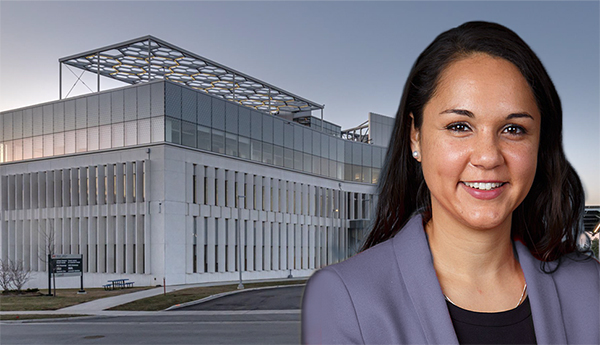
Parisa, a research officer at the NRC, feels "fortunate to be surrounded by young, hardworking and brilliant individuals who make the work environment both inspiring and rewarding." For her, it's the connection between fundamental research and practical solutions that are motivating. "It's truly thrilling to see how fundamental research can bridge into practical solutions, creating a tangible impact—an experience that's not always as accessible in more traditional research settings."
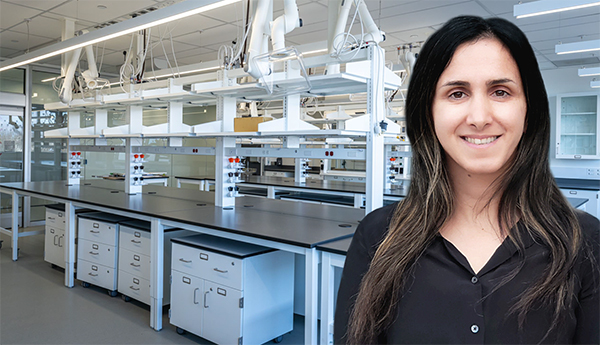
TerraCanada Mississauga provides scientists with the space to spark their creativity, inspire innovation, and advance Canada's energy and economic objectives for a strong future. This collaborative approach and dedication to research accelerates innovation and is what makes the LabsCanada strategy transformative for Canadian science and our global competitiveness.
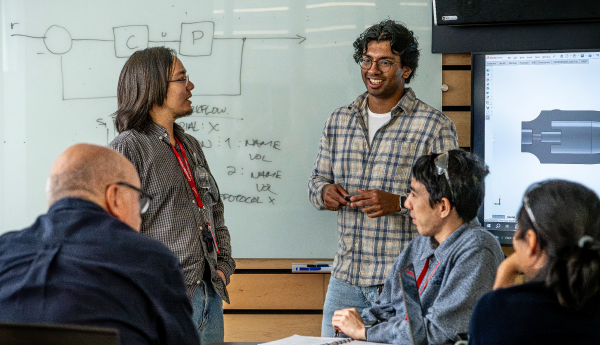
To learn more about PSPC projects, services and employees making a difference for Canadians, visit Our stories.